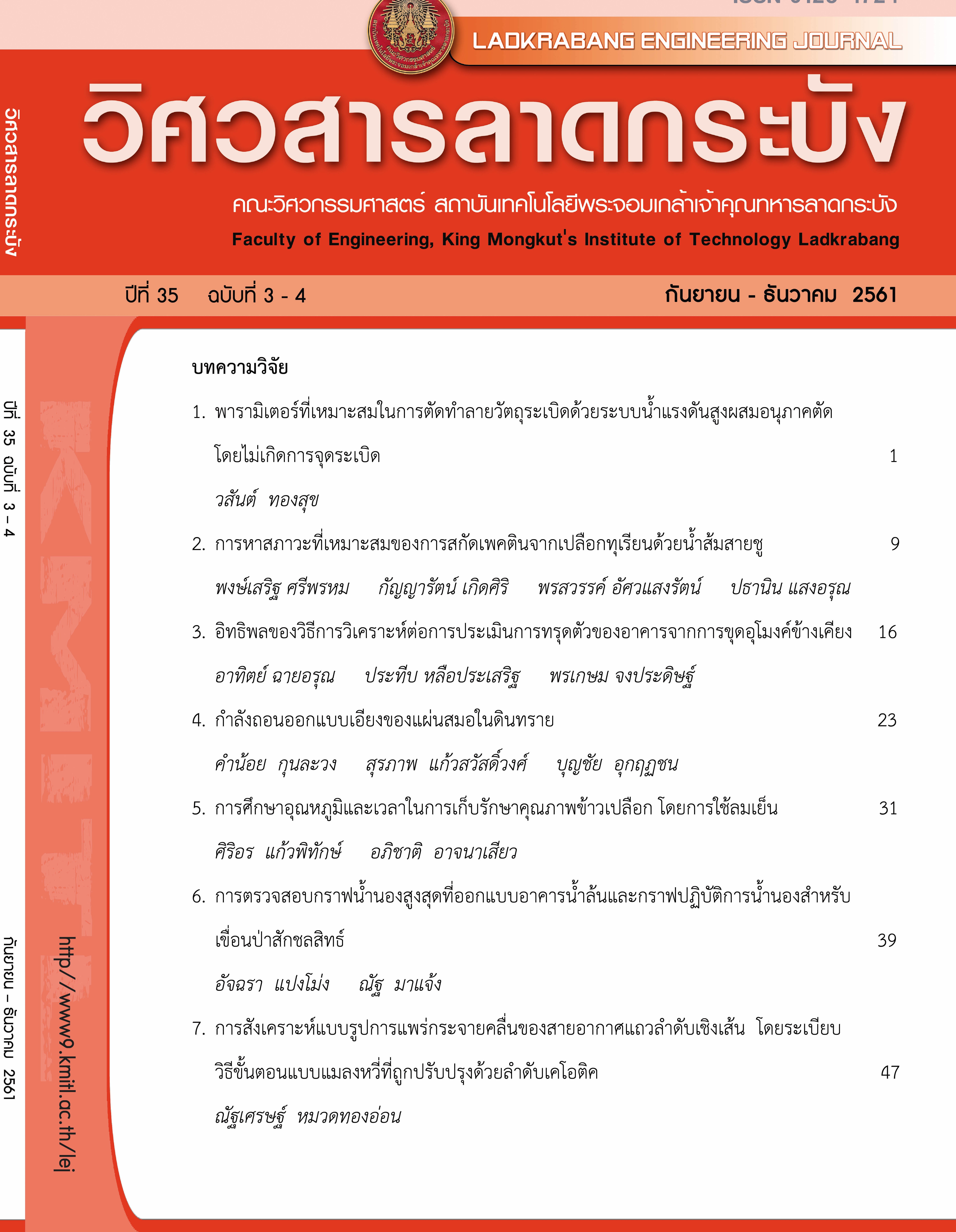Linear Array Pattern Synthesis Using Chaotic Sequence Enhanced FOA Method
Keywords:
Array Antenna, Chaotic Sequence, Directivity, Fruit Fly Optimization AlgorithmAbstract
The use of a chaotic sequence enhance FOA method (CFOA) for linear array pattern synthesis in free space is proposed in this paper. To show the effectiveness of the proposed method, the objective of antenna design is to achieve maximum directivity for linear antenna array by controlling amplitude and inter-element spacing parameters of the array antenna. Finally, the CFOA can greatly enhance the searching efficiency for electrically large problems of the linear antenna array in free space.
References
C. Phongcharoenpanich and M. Krairiksh, “The discrete array pattern synthesis which provides the tapered minor lobes,” Thammasart Int. J. SC.Tech, pp. 80-87, 1998.
S. S. Rao, Engineering optimization, John Wiley and Son, New York, NY, USA, 3rd edition, 1996.
K.L. Du and M.N.S. Swamy, Search and optimization by metaheuristics, Birkhäuser Basel, 1st edition, 2016.
W.-T Pan, “A new fruit fly optimization algorithm: taking the financial distress model as an example,” Knowledge-Based System, vol. 26, pp. 69-74, 2012.
H. Iscan, and M. Gunduz, “An application of fruit fly optimization algorithm for traveling salesman problem,” 8th International Conference on Advances in Information Technology, pp. 58-63, 2016.
N. Mhudtongon, C. Phongcharoenpanich, and K. Watanabe, “Linear antenna synthesis with maximum directivity using improved fruit fly optimization algorithm,” 2016 URSI International Symposium on Electromagnetic Theory, pp. 698-701, 2016.
X. Yuan, Y. Liu, Y. Xiang, and X. Yan, “Parameter identification of BIPT system using chaotic-enhanced fruit fly optimization algorithm,” Applied Mathematics and Computation, vol. 268, pp. 1267-1281, 2015.
C. A. Balanis, Antenna Theory Analysis and Design, John Wiley and Son, New York, NY, USA, 2nd edition, 1997.
Downloads
Published
How to Cite
Issue
Section
License
The published articles are copyrighted by the School of Engineering, King Mongkut's Institute of Technology Ladkrabang.
The statements contained in each article in this academic journal are the personal opinions of each author and are not related to King Mongkut's Institute of Technology Ladkrabang and other faculty members in the institute.
Responsibility for all elements of each article belongs to each author; If there are any mistakes, each author is solely responsible for his own articles.






